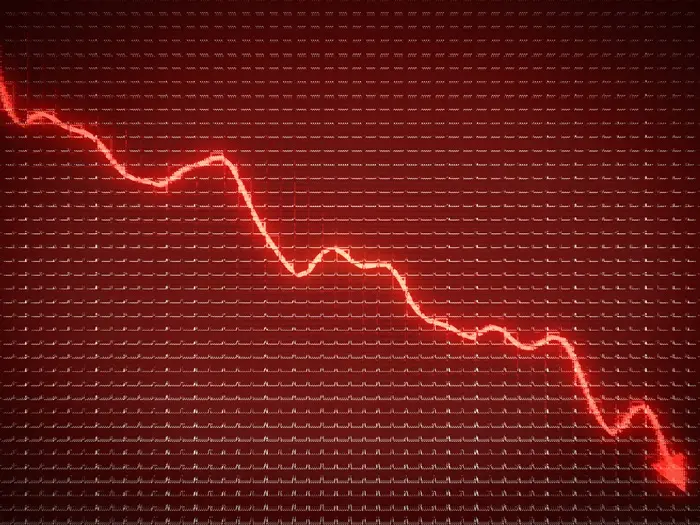President Donald Trump has announced a 25% tariff on all foreign-made cars and light trucks, along with specific auto parts, fulfilling his commitment to protecting the U.S. auto industry.
Speaking from the White House on Wednesday, Trump signed an executive order implementing the tariffs. “This will continue to spur growth that you’ve never seen before,” he stated.
Tariffs Set to Take Effect in April
The new tariffs will be enforced starting April 2 and will add to existing duties on imported goods. The White House projects that the tariffs will generate approximately $100 billion in annual revenue.
White House press secretary Karoline Leavitt had previewed the announcement earlier in the day during a press briefing. Following the news, U.S. automakers, including General Motors (GM), Stellantis (STLA), Ford (F), and Tesla (TSLA), saw their stock prices decline in after-hours trading. Shares of German automakers BMW (BMW.DE), Porsche (P911.DE), Volkswagen (VOW.DE), and Mercedes-Benz (MBG.DE) also fell earlier in the day.
Concerns Among Domestic Automakers
While the tariffs primarily target foreign car manufacturers, major U.S. automakers, including Ford, GM, and Stellantis, have raised concerns about potential cost increases. These companies manufacture vehicles in Canada, Mexico, and China, and they fear that the new duties could disrupt the auto supply chain and drive up production expenses.
Expanded List of Affected Auto Parts
Initially aimed at finished vehicles, the executive order also extends tariffs to specific auto components. The published fact sheet lists “engines, transmissions, powertrain parts, and electrical components” as foreign-made goods now subject to the new duties.
April 2 Declared ‘Liberation Day’
Trump has designated April 2, the date of the next tariff announcement, as “Liberation Day” for the United States. He claims other countries have taken advantage of the U.S. and insists the new tariffs are “reciprocal” measures to balance trade relations.
The move has sparked debate within the auto industry, with foreign and domestic manufacturers closely watching its potential impact on production costs and consumer prices.
Related topics:























